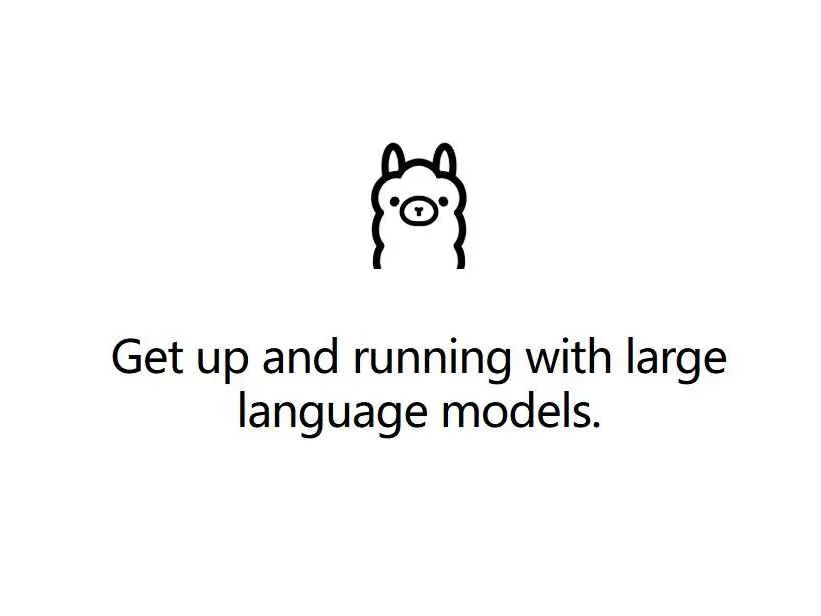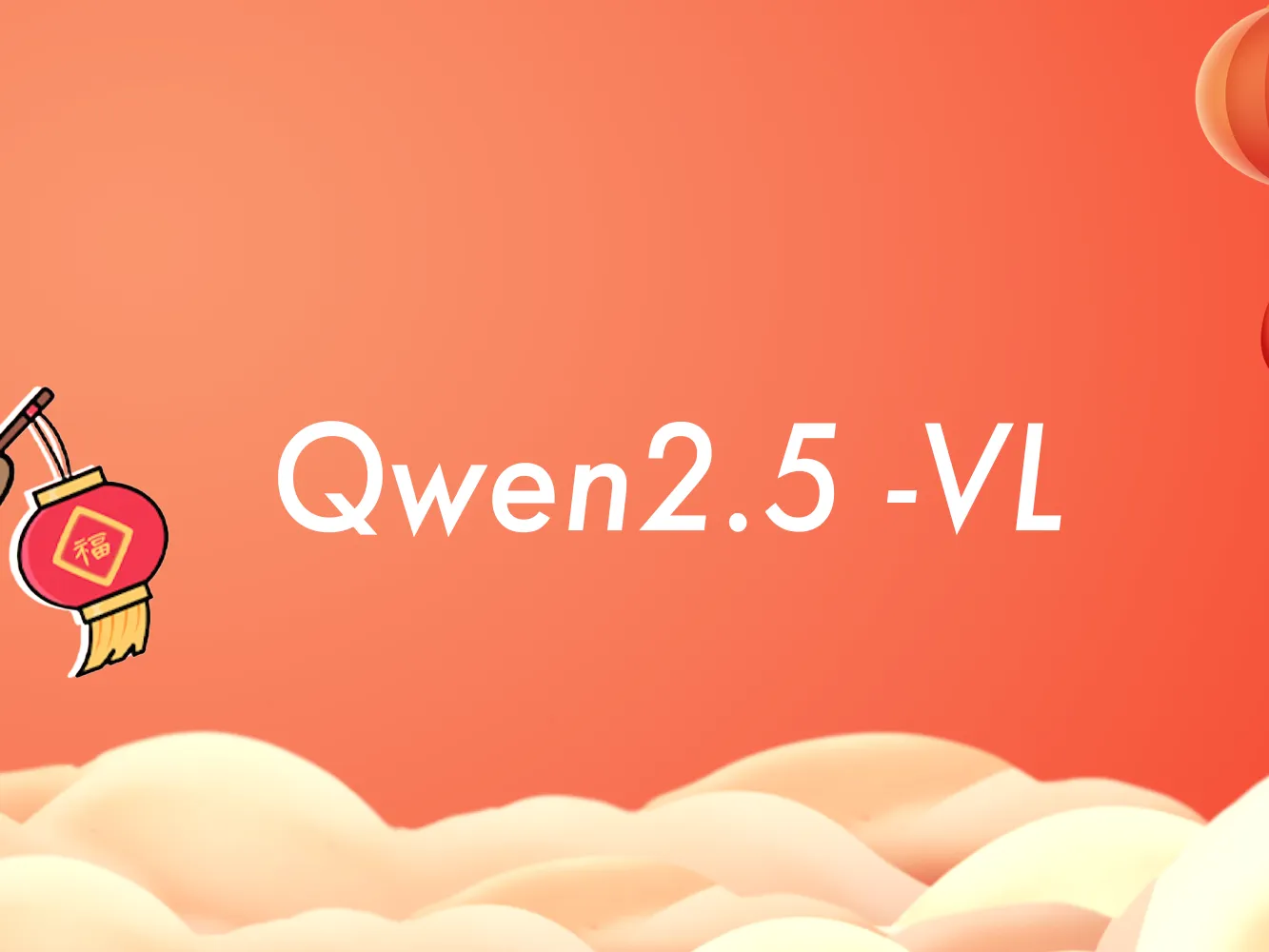In the era of advanced AI models like GPT-4.0 and DeepSeek, leveraging the full potential of your AI assistant requires more than just basic prompts. Whether you're using cutting-edge tools for research, content creation, or decision-making, mastering the art of effective communication with AI can significantly enhance productivity and outcomes. This guide provides actionable strategies to help you craft precise prompts, optimize interactions, and unlock the true power of your AI assistant.
Key Principles for Effective Prompting
To help your AI assistant better understand your needs, keep the following three principles in mind:
- Clarify Your Requirements: Clearly articulate what you want. For example, instead of saying, "Give me something to eat," say, "I want a pasta dish for two, budget $50, no seafood, with tomato sauce."
- Provide Context: Supply necessary background information to help the AI understand the context. For instance, "Based on data from the past five years" or "Explain in a way a beginner can understand."
- Specify Output Format: Directly tell the AI the format you want. For example, "Summarize in three bullet points" or "Present the comparison in a chart."
Equip Your AI with Context
Just as you would explain the rules to a new player, provide your AI with relevant background information:
- Time and Location: For example, "Over the past decade" or "Targeting the European market."
- Role Assignment: For example, "Assume you are a high school teacher."
- Knowledge Level: For example, "I have no background in economics; please explain in simple terms."
Request Output Formats Like Teaching a Child
Directly instruct the AI on the desired output format:
- Bullet Points: For example, "List five key points."
- Comparative Analysis: For example, "Use a table to compare the pros and cons of two methods."
- Step-by-Step Instructions: For example, "Explain how to brew coffee in steps, with each step limited to 10 words."
Techniques for Elevating Conversations
- Follow-Up Questions: Start with, "Recommend three introductory books on economics," then ask, "Is the third book suitable for high school students? What is it mainly about?"
- Check Understanding: For example, "Can you repeat what I just said in your own words?"
- Adjust Direction: For example, "The previous response was too complex; please rephrase it in layman's terms."
The Universal Prompt Formula
Use the "Role + Task + Requirements + Example" formula:
"As a nutritionist (role), help me create a one-week healthy meal plan (task), ensuring variety (requirements), like this (example): Breakfast: Whole-grain bread + eggs."
Common Scenario Templates
- Research: "Use a chart to list the top three best-selling smartphones over the past five years and their market share growth."
- Writing: "Help me write a 300-word cover letter for a marketing position, with a positive tone."
- Learning: "Use a cooking analogy to explain chemical reactions, suitable for elementary school students."
- Decision-Making: "I want to buy a laptop around $5,000; compare three models, focusing on battery life."
Pitfalls to Avoid
- Avoid Ambiguity: Be specific about what you’re looking for, rather than vague descriptions.
- One Task at a Time: Avoid bundling multiple requests into one prompt; split them into separate questions.
- Keep It Concise: If your prompt exceeds three lines, break it into smaller questions.
Core Principles
Treat the AI as a smart but inexperienced colleague, and clearly instruct it on:
- What exactly needs to be done. 2. What reference materials to use.
- What the final output should look like.
- What pitfalls to avoid.
Complete Example
Suppose you want the AI to create a fitness plan. You could prompt:
"As a fitness coach (role), help me design a one-month workout plan (task) aimed at muscle gain and fat loss (requirements), suitable for beginners, with four sessions per week, each lasting one hour (context). Please format the output as follows (format requirements):
- Weekly training schedule (bullet points).
- Specific exercises and sets for each day (step-by-step).
- Dietary recommendations (bullet points).
Example: Monday: Chest workout, Exercise 1: Bench press, 4 sets of 12 reps."
Conclusion
With the rapid advancements in AI technologies like GPT-4.0 and DeepSeek, the ability to communicate effectively with AI has become a critical skill. By following the strategies outlined in this guide—such as clarifying requirements, providing context, and specifying output formats—you can transform your AI assistant into a powerful tool tailored to your needs. Whether you're a researcher, writer, or decision-maker, these techniques will help you harness the full potential of AI, making your workflows more efficient and your outcomes more impactful. Start applying these methods today, and watch your AI interactions reach new heights of productivity and precision.



